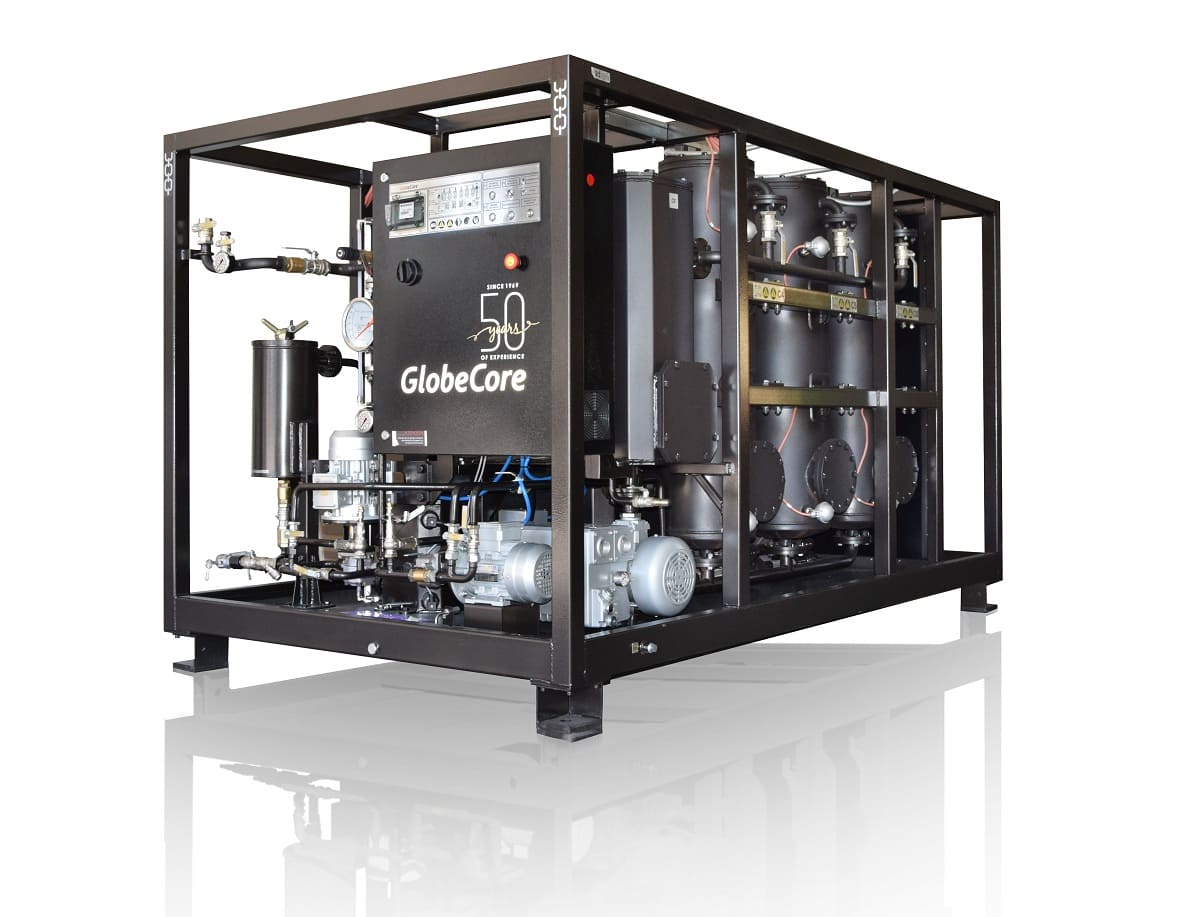Just How Regenerated Transformer Oil Extends Transformer Life-span
The role of transformer oil is important in ensuring the reliability and durability of transformers, serving as both an insulator and coolant. Regrowed transformer oil supplies an engaging solution to enhance these functions by efficiently eliminating dangerous contaminations that endanger efficiency.
Importance of Transformer Oil
Transformer oil plays a vital duty in the reliable procedure of electrical transformers. It mainly functions as a shielding tool, ensuring and preventing electrical discharges that components run securely under high voltage problems. The oil's dielectric buildings are basic to keeping the honesty of the transformer, as they lessen the danger of failures that could lead to costly downtimes or catastrophic cases.
Along with its protecting capacities, transformer oil additionally works as a coolant. As transformers operate, they generate warmth that has to be dissipated to stop overheating and subsequent damages. The oil distributes within the transformer, soaking up and moving warmth away from crucial components, therefore preserving optimal operating temperature levels.
Moreover, transformer oil serves as a barrier versus moisture and impurities, which can jeopardize the efficiency and durability of the transformer. Its chemical residential properties assist in neutralizing acids and various other by-products that might develop with time, adding to the overall wellness of the electrical system.
Advantages of Regenerated Oil

In addition, regenerated transformer oil has a reduced degree of contaminations, including fragments and impurities that can degrade efficiency. This pureness not only improves the oil's thermal conductivity but likewise expands the functional lifespan of transformers by minimizing overheating threats. The improved thermal stability of regrowed oil makes certain consistent performance even under high operating temperature levels, which is essential for maintaining transformer efficiency.
One more benefit is its environmental effect. Regrowed oil promotes sustainability by minimizing waste and the demand for new oil manufacturing, consequently lowering the carbon impact connected with transformer maintenance. Transformer Oil Regeneration Process. Additionally, the durability of restored oil translates to reduced upkeep costs in time, as fewer oil modifications and much less regular devices downtime are needed.
Process of Oil Regeneration
The regeneration of transformer oil entails an organized procedure made to restore the oil's initial residential or commercial properties and enhance its efficiency. This procedure normally starts with the elimination of the utilized oil from the transformer, which is then subjected to numerous filtration methods.
The primary step in the regeneration procedure is the purification, where solid contaminants such as dust, metal, and sludge particles are eliminated. This is usually adhered to by vacuum distillation, which helps to get rid of wetness and volatile substances, thus enhancing the oil's dielectric stamina.

Effect On Transformer Efficiency
Recovering the properties of regenerated click here to read transformer oil significantly influences the overall performance of transformers. Improved dielectric strength is just one of one of the most vital advantages, as it enables better insulation and minimizes the likelihood of electric failure. This renovation causes a more stable operation under high voltage problems, eventually bring about boosted performance.
In addition, the elimination of impurities and deterioration products during the regeneration procedure lessens the threat of overheating. Cleanser oil helps with much better warmth dissipation, which is vital for keeping optimum operating temperatures. Consequently, the thermal efficiency of the transformer is boosted, enabling greater lots without compromising integrity.
In addition, the chemical stability of regrowed oil makes certain long term operational life. It resists oxidation and deterioration, lowering the regularity of maintenance treatments and oil substitute. This security not just contributes to improved efficiency but likewise aligns Full Article with sustainability objectives by minimizing waste.
Future of Transformer Maintenance
As developments in innovation continue to improve the landscape of electrical design, the future of transformer maintenance is poised for significant transformation. The assimilation of wise modern technologies, such as IoT sensing units and anticipating analytics, allows real-time tracking of transformer health and wellness, enhancing the capacity to preemptively address problems prior to they rise into significant failings. This aggressive strategy not only optimizes functional efficiency yet additionally expands the lifespan of transformers.
Additionally, the application of man-made knowledge (AI) in data analysis permits more accurate mistake discovery and diagnosis. By leveraging artificial intelligence formulas, upkeep groups can recognize patterns in functional data that human analysts might forget, leading to more enlightened decision-making.
Furthermore, the fostering of green methods, including using regenerated transformer oil, is established to redefine maintenance protocols. This lasting strategy not only minimizes environmental influence yet likewise enhances the general health and wellness of the transformer.
Last but not least, the change in the direction of automation in maintenance processes is expected to enhance procedures, lower downtime, and lower prices. As these technologies proceed to evolve, the future of transformer maintenance will undoubtedly become more effective, reliable, and sustainable, guaranteeing the integrity of vital electric facilities.
Conclusion
The application of regenerated transformer oil considerably improves the important source functional long life of transformers. By successfully recovering dielectric toughness and thermal stability, this oil plays a crucial function in mitigating risks related to getting too hot and oxidation. The regeneration procedure not just eliminates harmful contaminations but additionally minimizes maintenance regularity and oil replacement prices. Inevitably, the adoption of restored oil represents a crucial improvement in transformer upkeep, guaranteeing ideal efficiency and sustainability in the management of electrical framework.
The function of transformer oil is essential in ensuring the integrity and longevity of transformers, offering as both an insulator and coolant.Transformer oil plays a critical function in the efficient procedure of electric transformers. Regenerated oil promotes sustainability by minimizing waste and the requirement for brand-new oil production, thus reducing the carbon footprint connected with transformer maintenance.Bring back the homes of regenerated transformer oil dramatically influences the general performance of transformers.The usage of regenerated transformer oil dramatically boosts the operational long life of transformers.